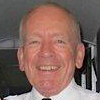In two parts Captain Tony Yule tells us about his career as a Concorde pilot with British Airways. In part 1 he describes the Concorde pilot training programme he undertook and in part 2 he reveals tales of his adventures piloting Concorde. Why not see and experience Concorde for yourself at National Museum of Flight, East Fortune.
A dream becomes reality
My stomach was churning with excitement as we sat in the stillness of the flight deck, waiting for the controller to give us our clearance, “Concorde AG you’re cleared for Take-Off, climb straight ahead and maintain three thousand feet”…..
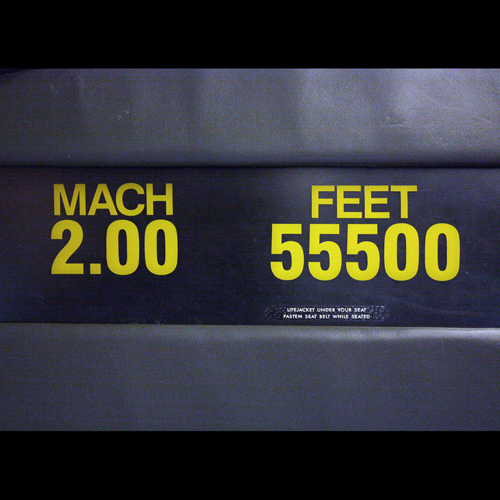
I looked around at the other crew members saying, “Everyone ready?” Then with their acknowledgement I said, “3-2-1 NOW” immediately pushing the four throttle levers rapidly fully forward. I was totally unprepared for the acceleration as she roared down the runway with the performance of a F1 sports car. She seemed to leap into the air climbing like a homesick angel…..We passed three thousand, then four thousand and I finally got her under some semblance of control at just under five thousand feet………….. A dream come true but long before this…
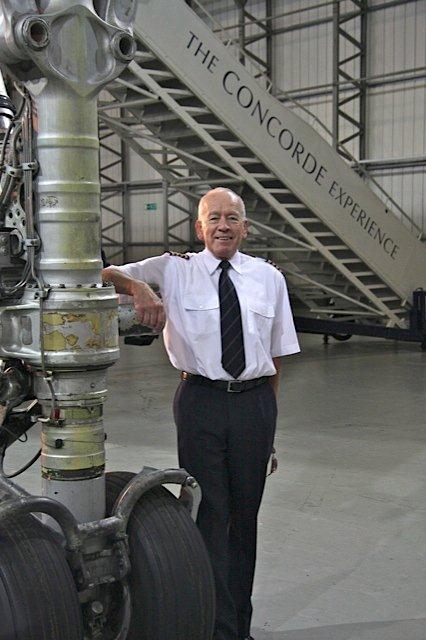
I’ve always wanted to be a pilot
“I have a dream….” said Martin Luther King. I too had a dream that was very different from his. It was as I remember, that from the age of eight I wanted to be a pilot. Ten years later in December 1958 that dream became a reality, when I was accepted for pilot training in the Royal Air Force. I had almost completed my four year tour as a QFI, Qualified Flying Instructor, at the RAF College Cranwell, when Concorde made her first take-off from Filton, Bristol on 9 April 1969. This beautiful slender delta aeroplane, even today still more futuristic looking than any other, caught my imagination. “Oh I wish I could fly her one day”. I thought, little realising that in less than four years I would join BOAC, (pre British Airways), where in exactly fifteen years and twelve days after Concorde’s inaugural flight from Filton, I would be sitting in the right hand seat of Concorde G-BOAG on the end of R/W 31 at Prestwick airport, with my left hand on the throttled…

Concorde training was very different
These days, the training of pilots to fly most, if not all modern aeroplanes, is undertaken using a CBT, Computer Based Training system, for learning the INS and OUTS of the workings of an aeroplane. The exams are set electronically at the end of each system and a pass of 100% is required. The British Airways Training Centre is at Cranebank – we called it Branecrank – less than one mile to the East of the airport at London Heathrow. All flight and cabin crew training is still undertaken there. It takes about two months to learn to fly a Boeing 747 there. As part of the training the pilots make around three landings and one missed approach with the most critical engine(s) failed. These are legal requirements for the pilot to demonstrate his flying skills. Concorde, on the other hand, was very different. The course lasted around six months.
I was initially put through seven weeks of ground school where the instructors, using the old “chalk and talk” method, stood in front of the blackboard and took me through the nuts and bolts of all the mechanical and electrical systems of the aeroplane. Every Friday there was a test with 100 questions on the previous week’s work. This was followed by a test of 150 questions on what I had learnt during the week. At the end of the seven weeks, there was a three-hour test that had been set by the CAA (Civil Aviation Authority). This is a legal requirement for all, with a pass of no less than 85% being accepted. The Flight Simulator phase was next. The simulator is an exact replica of Concorde’s flight deck. This phase lasted seven weeks, with some to three sessions each week, each would be a briefing and flight preparation of one hour, and then four hours in “the box”, as the flight simulator is affectionately called, followed by up to two hours of debriefing.
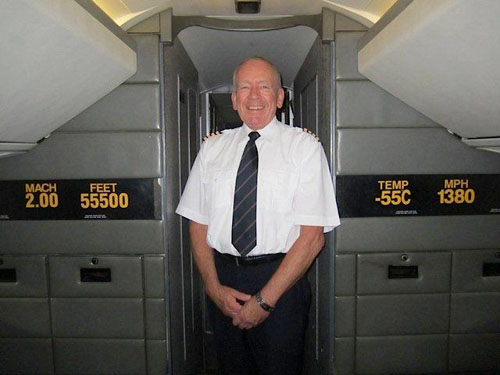
A complicated machine
It’s worth noting that Concorde was like two aeroplanes in one. She had to operate in the same environment as conventional aeroplanes up to 40,000 feet – then to operate in the hostile environment of “Super Cruise”, that is speeds of Mach 2 – twice the speed of sound – 1350mph which is 23miles/min or 1mile every 2 ¾ seconds, at altitudes up to 60,000 feet – just over 18km. A lot of problems could ‘leap out of the woodwork’ at a moment’s notice and we needed to deal with them quickly. Much of the simulator flying time was spent perfecting the handling of major emergencies at 60,000 feet for example double engine failures, pressurisation failures and also engine failures on take off and landing. The penultimate phase was ‘Base’ flying. Base was airport used by British Airways such as Prestwick in Scotland or Shannon in Ireland, for the flight training known as ‘circuits and landings’. The Concorde pilot had to make 35 approaches and landings, over a period of about two weeks. Each flight, the pilot would make around five approaches.
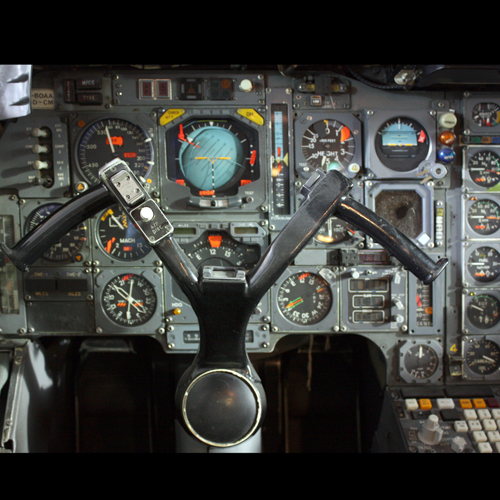
A good pilot takes practice
The reason so many landings were practised, is that Concorde has this huge delta shaped wing that when she came into land, her nose was extremely high. Her delta wing created a high amount of drag, a similar effect to putting a hand out of the window of a moving car and feeling it being ‘dragged’ backwards. There’s a special technique to fly Concorde on the approach to the runway. Get it wrong, the end result could be a really bad landing that could damage the aeroplane. So it was practice, practice and more practice, to ensure we were competent. Remember, a ‘good pilot’ is one who has the same number of landings as take offs! My completion of the course was checked by an observer, in this case the Flight Manager Technical, on a scheduled flight from London to New York and back the following day. I passed!
[youtube=http://www.youtube.com/watch?v=v9bVFkDhGPE]
You can read part 2 of Tony’s story here.
#WheelsandWings
